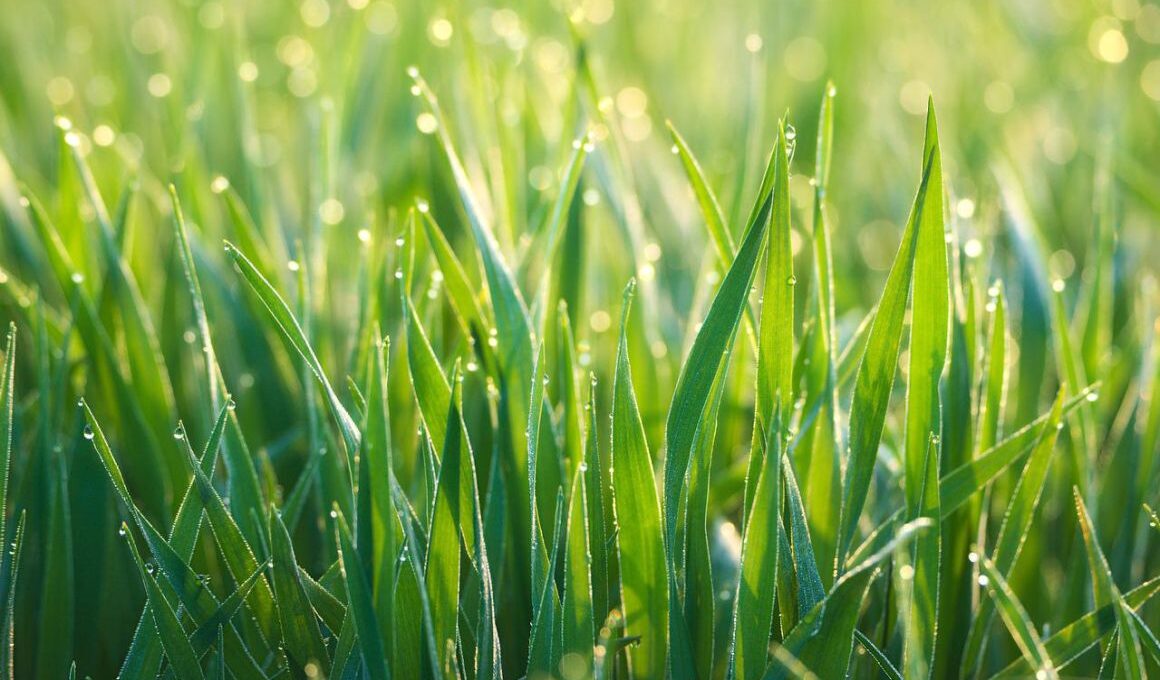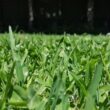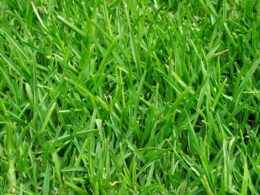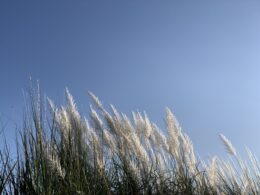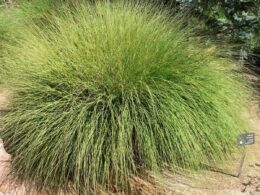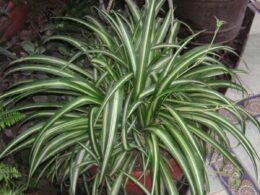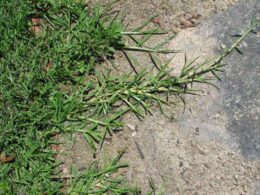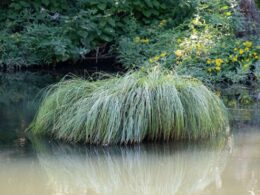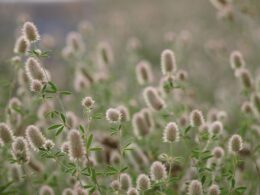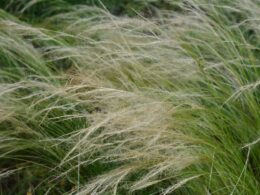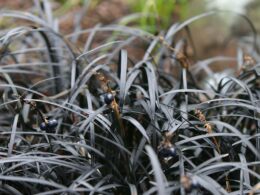What Is Monkey Grass?
Monkey grass, known as spider grass, or liriope, is a genus of perennial plants that grow in clumps and produce long, slender leaves. The flowers are small and tubular, typically white or pale purple. Many species of liriope are commonly planted as ornamental grasses in gardens. These plants are easy to care for and require little maintenance. The plant is often confused with the Ophiopogon.
Liriope Grass Appearance
Liriope is a genus of plants that includes both flowering and non-flowering varieties. The most common liriope is the purple liriope, which features long, narrow leaves and purplish-lavender flowers. Liriope is a low-growing, evergreen plant that is often used as groundcover or for edging. It has long, strap-like leaves and small, lilac-colored flowers that bloom in summer. The flowers are followed by black berries.
Main Types
Big blue lilyturf (Liriope muscari) and creeping lilyturf (L. spicata) are the two most common types cultivated. Creeping lilyturf got its name due to its runners that quickly spread the plant outward. Both are generally considered low-maintenance groundcovers.
Monkey Grass Distribution
Liriope is a genus of flowering plants that are native to Asia and Africa. The plants are commonly known as lilyturf, monkey grass, or border grass. There are approximately many species of liriope, which vary in size and appearance. Most species of liriope have green leaves. The flowers of liriope are small and clustered, and they can be white, purple, or blue.
Monkey Grass Habitat
Liriope prefers shady areas with moist soil, but it is tolerant of sun and drought conditions. It is often used as an ornamental plant in gardens and landscaping due to its attractive foliage and easy-care requirements. In some areas of the world (such as Hawaii), liriope has become an invasive species, crowding out native plants. Thus, it is important to research the potential for invasiveness before planting liriope in a new location.
Is Monkey Grass Toxic?
Liriope is a flowering plant that is often used as an ornamental ground cover. Though it is considered non-toxic to humans, liriope can be harmful to pets if ingested in large quantities. The plants can cause stomach upset and vomiting in dogs and cats, so it is best to keep your pets away from the plant.
Medicinal Use of Liriope Muscari
Liriope is a perennial plant that has long been used in traditional Chinese medicine. The root of the plant is said to have numerous medicinal properties, and it is often used to treat a variety of health conditions. Liriope is said to be effective in treating hypertension, stroke, and dementia. It is also sometimes used as a diuretic and to promote weight loss. In addition, liriope is thought to have anti-inflammatory and antioxidative effects.
How to Care For Monkey Grass?
Monkey grass is easy to care for and requires little maintenance. It can be propagated by division in the spring or by seed. This plant prefers moist, well-drained soil, but will tolerate dry conditions. Monkey grass will go dormant in the winter, so it is best to mulch heavily around the plants to protect them from freezing temperatures.
This plant does not require fertilizer, but you can feed monkey grass with a light application of compost in the spring. Pruning is not necessary, but you can trim back the leaves if they become too long or ragged. Monkey grass is an easy-care ground cover that makes a great addition to any garden.
How to Propagate Monkey Grass?
Monkey grass thrives in full sun or partial shade, and it is tolerant of both drought and clay soils. To plant monkey grass, dig a hole that is twice as wide as the root ball. Gently loosen the roots and position the plant in the hole so that the crown is level with the soil surface. Fill in the hole with soil, water thoroughly, and mulch around the base of the plant to help retain moisture. Monkey grass can be propagated by division in spring or fall. To divide monkey grass, dig up the entire clump and replant it in new locations.
Where to Plant Monkey Grass?
Liriope prefers partial sun to full shade, and it will grow best in moist, well-drained soil. It is also tolerant of a wide range of pH levels, but the best pH is about 6-7. In terms of placement, liriope can be used as a ground cover, border plant, or accent plant.
How to Get Monkey Grass to Bloom?
Monkey grass, also known as liriope, is a type of ornamental grass that is often used as a ground cover or border plant. While it is relatively low-maintenance, monkey grass does require occasional pruning and fertilizing in order to bloom. The best time to prune monkey grass is in the late winter or early spring, before new growth begins. Cut back the stems to about 6 inches above the ground. This will encourage the plant to produce more foliage, which will in turn lead to more flowers.
Common Problems with Monkey Grass
Monkey grass can sometimes be susceptible to a number of problems, including foliar diseases, root rot, and pests. Foliar diseases such as powdery mildew and rust can cause the leaves of monkey grass to turn yellow or brown and eventually die back.
Root rot is another common problem that can occur when the plant is grown in poorly drained soil. This fungal disease can cause the roots of monkey grass to decay, leading to wilting and eventual death of the plant. Finally, monkey grass can sometimes be attacked by pests such as aphids and scale insects. These pests can suck the sap from the leaves of the plant, causing them to turn yellow or brown.





